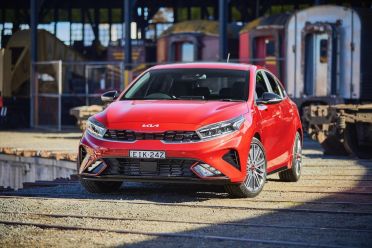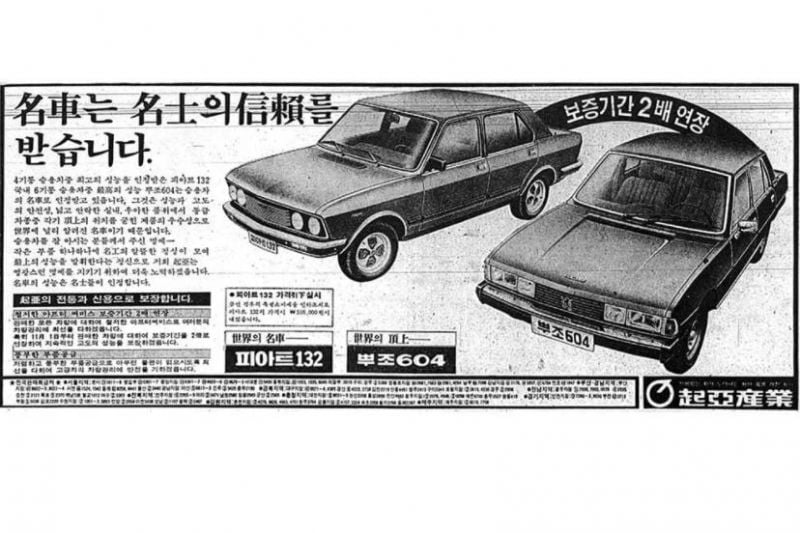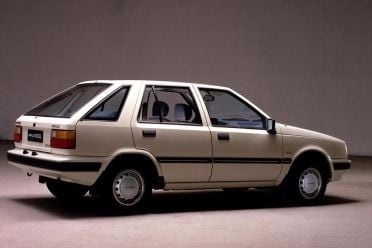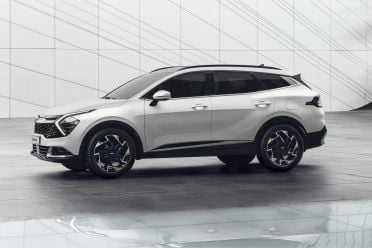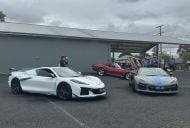Sibling rivalries are some of the most competitive found anywhere, and the case with Hyundai and Kia is no different.
The two companies are both part of the wider Hyundai chaebol. This is a structure somewhat similar to the Japanese keiretsu, except the firms typically share a founding family rather than ownership by a financial institution.
This means the companies own a part of each other, with Hyundai directly owning 33.9 per cent of all Kia shares, and Kia having a stake in Hyundai indirectly through shares in Hyundai Steel and supplier Hyundai Mobis.
In Australia, both are considered to be mainstream brands, and are consistently within the Top 10 brands on the sales charts.
According to VFACTS sales data, last month was one of the few in which Kia actually outsold its sibling.
Kia sold 7124 vehicles, making it Australia’s third most popular brand in May 2021, while Hyundai sold 6450 vehicles and sat in sixth place.
With Hyundai bearing the name of the wider Hyundai chaebol, it is commonly perceived internationally as the larger, more established brand compared to its sibling.
History
Despite being the smaller company, Kia is actually the older of the two brands.
Founded towards the end of World War II in December 1944 as Kyungsung Precision Industry, the company initially focused on increasing the mobility and improving the infrastructure of a war-ravaged Korea through the production of bicycles and steel tubing.
Automotive production commenced in 1962 but, rather than building models of its own design, the company focused on manufacturing licensed versions of models from other manufacturers.
Initially, this involved the production of Mazda-designed and engineered light trucks, before manufacture of Mazda-based passenger cars such as the Familia-based Brisa commenced in 1973 at the firm’s first automotive manufacturing facility in Sohari, South Korea (near Seoul).
Other models assembled during this time included the Peugeot 604 and Fiat 132 sedans. Later, through a partnership with Ford which also had a stake in Mazda at the time, Kia produced and exported the Mazda 121-based Ford Festiva.
This was also sold in numerous markets as the Kia Pride.
In Australia, the first Kia-branded vehicle available was the Ceres light truck in 1992. It had a starting price of $14,957, and featured a 2.2-litre diesel engine paired with a five-speed manual transmission, producing a grand total of just 52kW of power and 142Nm of torque.
Passenger vehicles arrived here late in 1996 with the Mentor hatchback and Sportage SUV.
Hyundai Motor Company, meanwhile, was established in 1967 as an expansion of the original construction firm, Hyundai Engineering and Construction Company.
Like Kia, Hyundai found its feet by first manufacturing licensed versions of foreign models, in this case the Ford Cortina in 1968.
Unlike Kia’s venture into commercial vehicles, however, Hyundai focused on passenger cars and set about building one of the first independently-designed and manufactured South Korean vehicles. To do this, the company brought on European expertise, including the former managing director of Austin, and tasked renowned design studio Giugaro with the design.
The result was the compact Pony, sold from late 1975, with exports to countries in South America and the Middle East commencing the following year.
Exports to Australia commenced in 1986 with the Hyundai Excel range, available as a five-door hatch and, later, a four-door sedan.
The first Excels used a carburetted 1.5-litre four-cylinder engine with 52kW of power and 123Nm of torque, mated with either a three-speed automatic or a five-speed manual. Prices initially started at $9990 for a base GL manual.
Hyundai was able to acquire an initial 51 per cent stake in Kia in 1998 due to the latter’s bankruptcy in the late 1990s Asian financial crisis, having outbid Ford which previously held a stake in the firm.
Brand portfolio and positioning
With stunning designs, dramatic quality improvements and the use of the latest technologies, both Hyundai and Kia have progressed in leaps and bounds over the last 20 years and dispelled any remaining notions of the mediocre, ‘cheap and cheerful’ cars made by both during the 1990s.
Unlike Volkswagen and its sister brands, Hyundai and Kia are both positioned equally in the market as mainstream brands competing directly with the likes of Toyota and Mazda.
It can also be argued, in loose terms, Kia has typically had the more dynamic design language of the two, with Hyundai until recently featuring more conservative designs.
However, Hyundai is the only one of the two to have a dedicated performance sub-brand with its line-up of N models such as the i20, i30 and Kona N.
Kia offers GT-Line and GT variants, but has taken a more scattershot approach with these monikers.
Both brands have a wide-ranging portfolio of models, but not every segment is covered by both Hyundai and Kia.
Segments in which one brand currently operates exclusively in Australia include micro and light cars (Kia Picanto and Rio), medium (Hyundai Sonata) and large cars (Kia Stinger), as well as vans (Hyundai iLoad).
In the large SUV segment, Hyundai also offers the large Palisade, while the lack of a right-hand drive model means Kia is unable to bring its related Telluride here.
Although Hyundai technically retains only a minority stake in Kia, practically, both brands share ‘under the skin’ mechanical components including chassis, powertrain and infotainment technologies.
The key differences lie in the interior and exterior designs, as well as the final mechanical tuning of the cars.
Aftersales care is one area in which the two brands do differ, with Kia offering a standard seven-year, unlimited-kilometre warranty and seven years of capped price servicing, whilst Hyundai offers a five-year, unlimited-kilometre warranty with five years of capped price servicing.
What about Genesis?
Genesis is to Hyundai as Lexus is to Toyota, and operates as a luxury division within Hyundai Motor Company. It has closer ties with Hyundai but is positioned above both Hyundai and Kia.
The Genesis name first appeared in 2008 on a Hyundai-badged sedan and coupe riding on a bespoke rear-wheel drive platform, before the brand was spun off in 2015. It was officially launched here in 2019.
While the Hyundai Motor Group now has its own standalone luxury brand with Genesis, that hasn’t stopped the Hyundai and Kia brands from offering luxurious models of their own.
Kia introduced a second generation of its Quoris/K900 full-sized luxury sedan in 2018, for example, which shares its platform with the flagship Genesis G90.
The future: EVs and E-GMP
Both Hyundai and Kia have rapidly expanded into the electric vehicle sector with models adapted from combustion-engine platforms, such as the Kona and Ioniq from Hyundai, and the Niro EV from Kia.
The company has confirmed it’ll continue to offer these ICE-derived EVs, but is also rolling out a wide range of models on a dedicated all-electric platform called E-GMP.
Hyundai and Kia have revealed production-spec versions of their Ioniq 5 and EV6 models, respectively, while Hyundai has also teased the upcoming Ioniq 6 and Ioniq 7.






